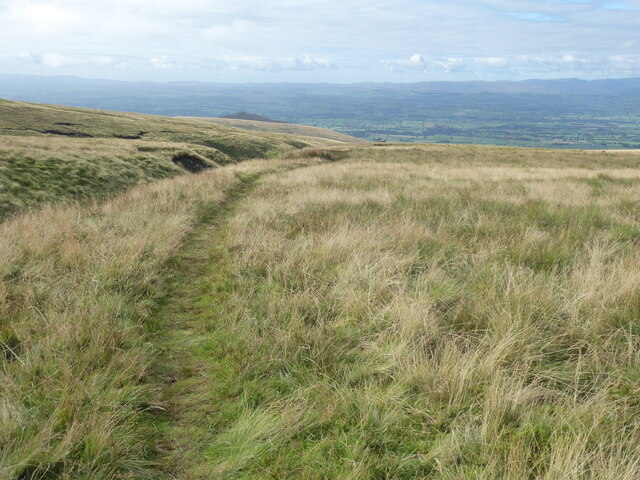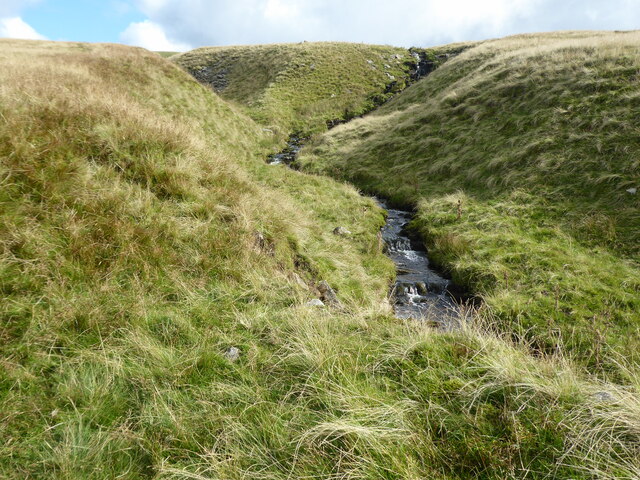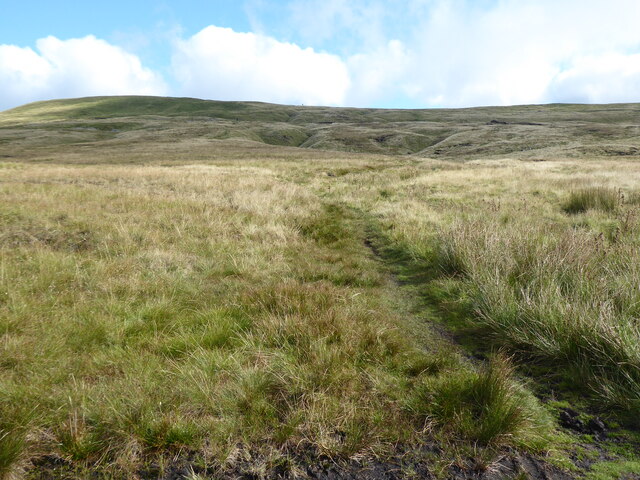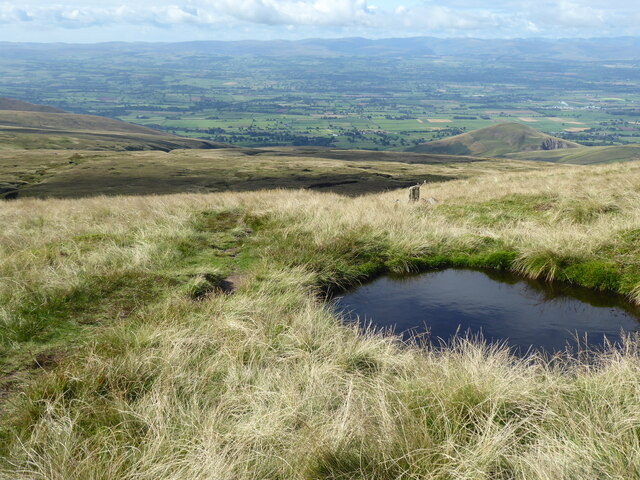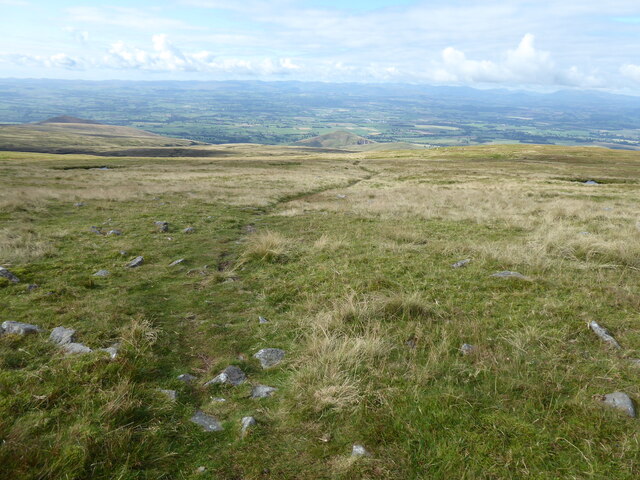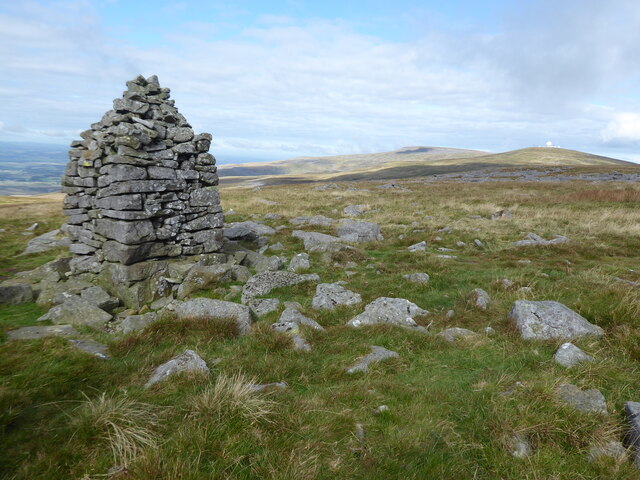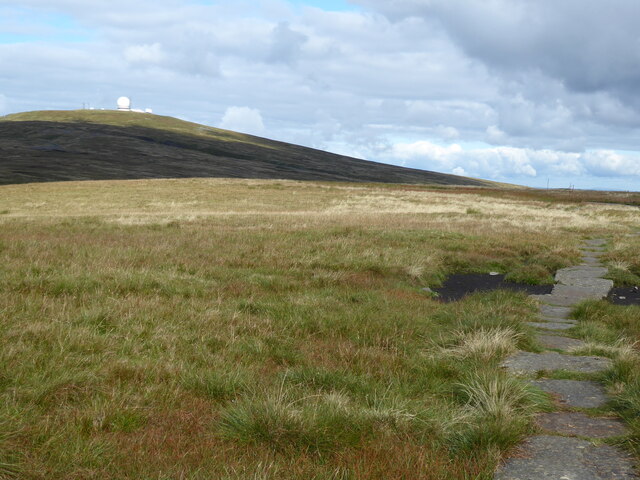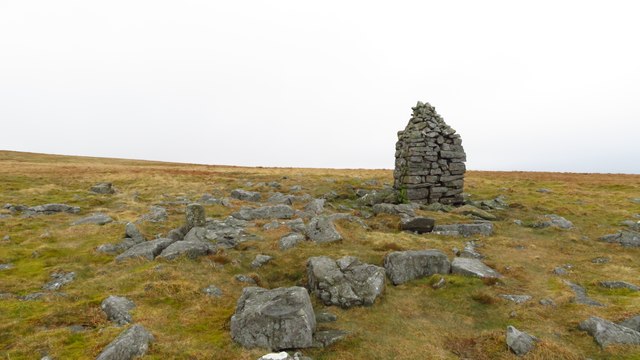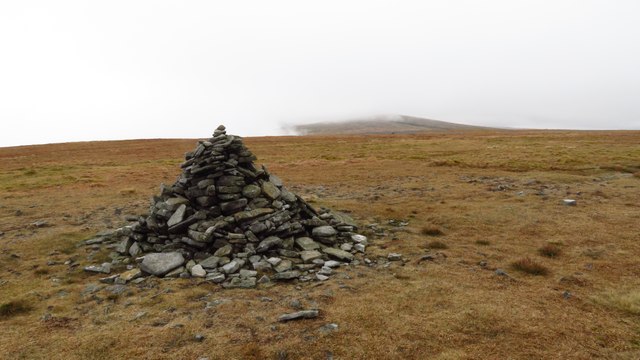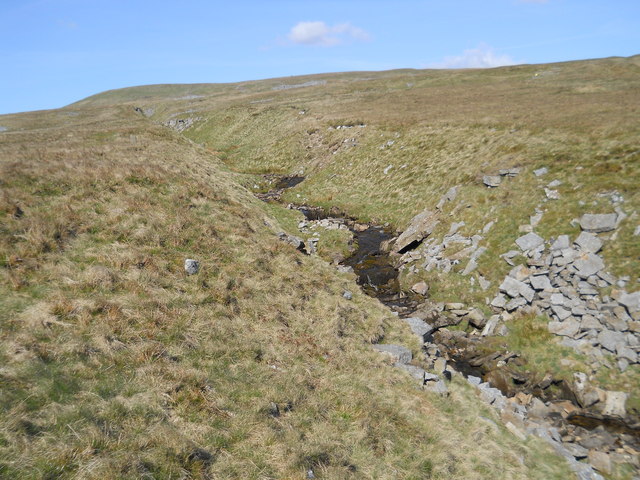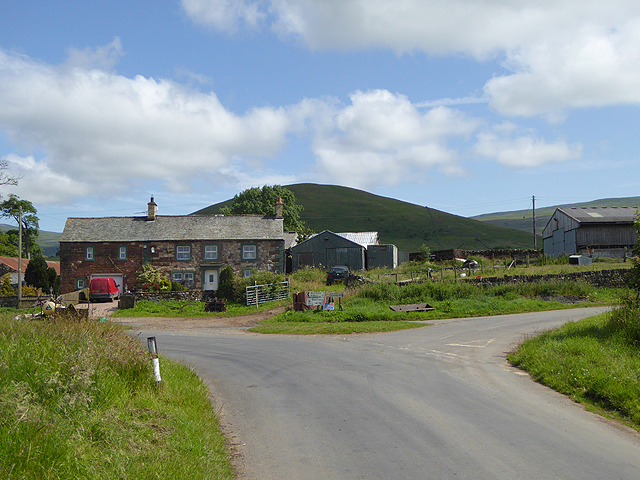High Scald Fell
Hill, Mountain in Westmorland Eden
England
High Scald Fell

High Scald Fell, located in Westmorland, is a prominent hill/mountain that stands at an elevation of 621 meters (2,037 feet) above sea level. Situated in the Lake District National Park, it forms part of the majestic Cumbrian landscape in the county of Cumbria, England.
The summit of High Scald Fell offers breathtaking panoramic views of the surrounding area, including the nearby fells of Carrock Fell, Knott, and Great Calva. On a clear day, visitors can also enjoy vistas of the Solway Firth and the Scottish mountains to the north. The hill/mountain is characterized by its rugged terrain, with rocky outcrops and heathland dominating the landscape.
The ascent to High Scald Fell can be done from various starting points, with the most popular route beginning from the hamlet of Mosedale. The hike is of moderate difficulty, with a well-defined path leading walkers through moorland and grassy slopes. As one nears the summit, the terrain becomes more challenging, requiring some scrambling over boulders.
High Scald Fell is a haven for outdoor enthusiasts, attracting hikers, mountain bikers, and nature lovers alike. The area is home to an array of wildlife, including red deer, birds of prey, and various species of moorland birds. The hill/mountain provides an opportunity for visitors to immerse themselves in the tranquility of the Lake District, offering a peaceful retreat from the hustle and bustle of everyday life.
Overall, High Scald Fell is a captivating destination for those seeking adventure, natural beauty, and a chance to connect with the stunning landscapes of Westmorland.
If you have any feedback on the listing, please let us know in the comments section below.
High Scald Fell Images
Images are sourced within 2km of 54.6539/-2.4352768 or Grid Reference NY7228. Thanks to Geograph Open Source API. All images are credited.




High Scald Fell is located at Grid Ref: NY7228 (Lat: 54.6539, Lng: -2.4352768)
Administrative County: Cumbria
District: Eden
Police Authority: Cumbria
What 3 Words
///diary.flaunting.recur. Near Appleby-in-Westmorland, Cumbria
Nearby Locations
Related Wikis
Dufton Pike
Dufton Pike is a hill in the northern Pennines, in Cumbria, England. It is classed as a Marilyn (a hill with topographic prominence of at least 150m)....
High Cup Gill
High Cup Gill (or High Cup Nick or just High Cup), almost a geometrically perfect U-shaped chasm, is a valley deeply incised into the Pennine scarp to...
Knock, Cumbria
Knock is a small village in the Eden district of Cumbria, England, and 1.9 km northwest of the larger village of Dufton and 3.1 km south of the village...
St Cuthbert's Church, Dufton
St Cuthbert's Church is situated 3⁄4 mile (1.2 km) north of the village of Dufton, Cumbria, England. It should not be confused with the nearby St Cuthbert...
Dufton
Dufton is a village and civil parish in Cumbria, England. Historically part of Westmorland, it lies in the Eden Valley and below Great Dun Fell. It is...
Keisley
Keisley is a small hamlet in the English county of Cumbria. It is located in the Dufton civil parish and the Eden district. == Location and geography... ==
Warcop Training Area
The Warcop Training Area (WTA) is a UK Ministry of Defence military training area near the village of Warcop in Cumbria. Part of the Defence Training...
Murton Fell
Murton Fell is a hill of 675 metres (2,215 ft) above the village of Murton, Cumbria in Eden district, in the North Pennines. It lies east of the dramatic...
Nearby Amenities
Located within 500m of 54.6539,-2.4352768Have you been to High Scald Fell?
Leave your review of High Scald Fell below (or comments, questions and feedback).
